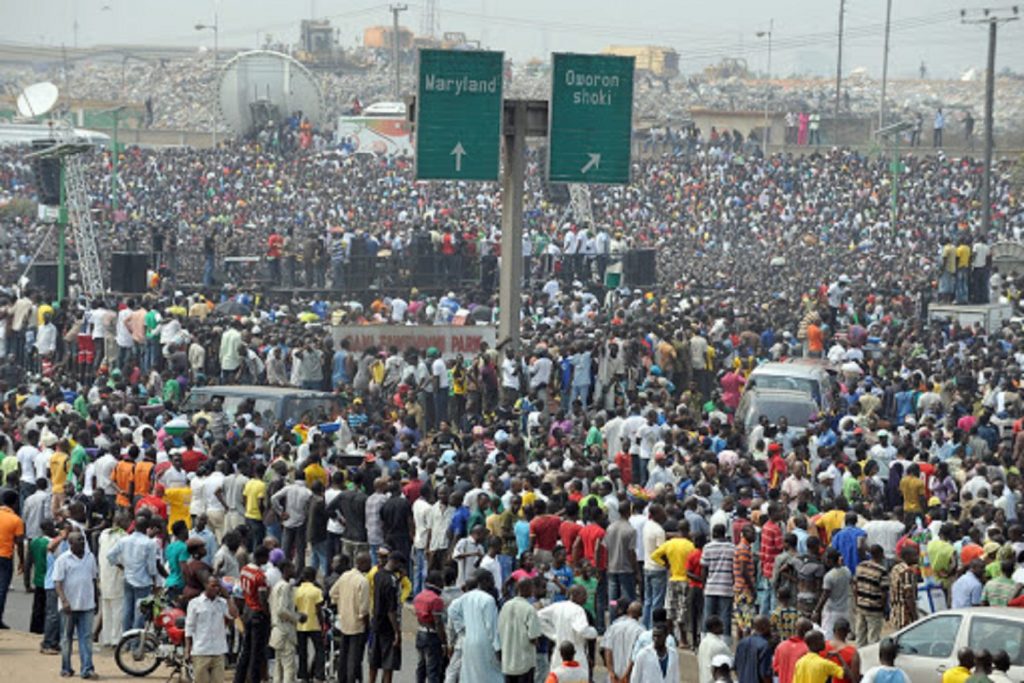Nigeria’s unemployment rate rose to 35 per cent in 2021, according to a report by a credit rating agency, Agusto & Co. Meanwhile, the National Bureau of Statistics (NBS) is yet to publish the official labour data for the period. The 35 percent by Agusto & Co shows the jobless rate in Africa’s largest economy was up 6.06 percentage points from the 33.3 percent reported in 2020, when the impact of COVID-19 pandemic forced businesses to retrench staff.
Analysis of the latest NBS unemployment report shows that a third of the 69.7 million-strong labour force in Africa’s most populous nation either did nothing or worked for less than 20 hours a week, making them unemployed in 2020. Another 15.9 million worked less than 40 hours a week, making them underemployed.
A high unemployment rate in a country like Nigeria whose economy is described as one that is stagflated (a blend of a high inflation rate and slow economic growth) means poor Nigerians will become poorer in real terms, and the middle class will get thinned out.
Before COVID-19, about 80 million of Nigeria’s 200 million people were living on less than the equivalent of $1.90 a day. The pandemic and population growth could see that figure increased to almost 100 million by 2023, notes the World Bank.
Nigeria’s gross domestic product (GDP) may have shown sustained growth over the last four quarters since the exit from the 2020 recession as it grew by 4.03 percent in real terms in the third quarter of 2021, but the labour-intensive sectors that can help employ the country’s graduates are struggling to meet up.


